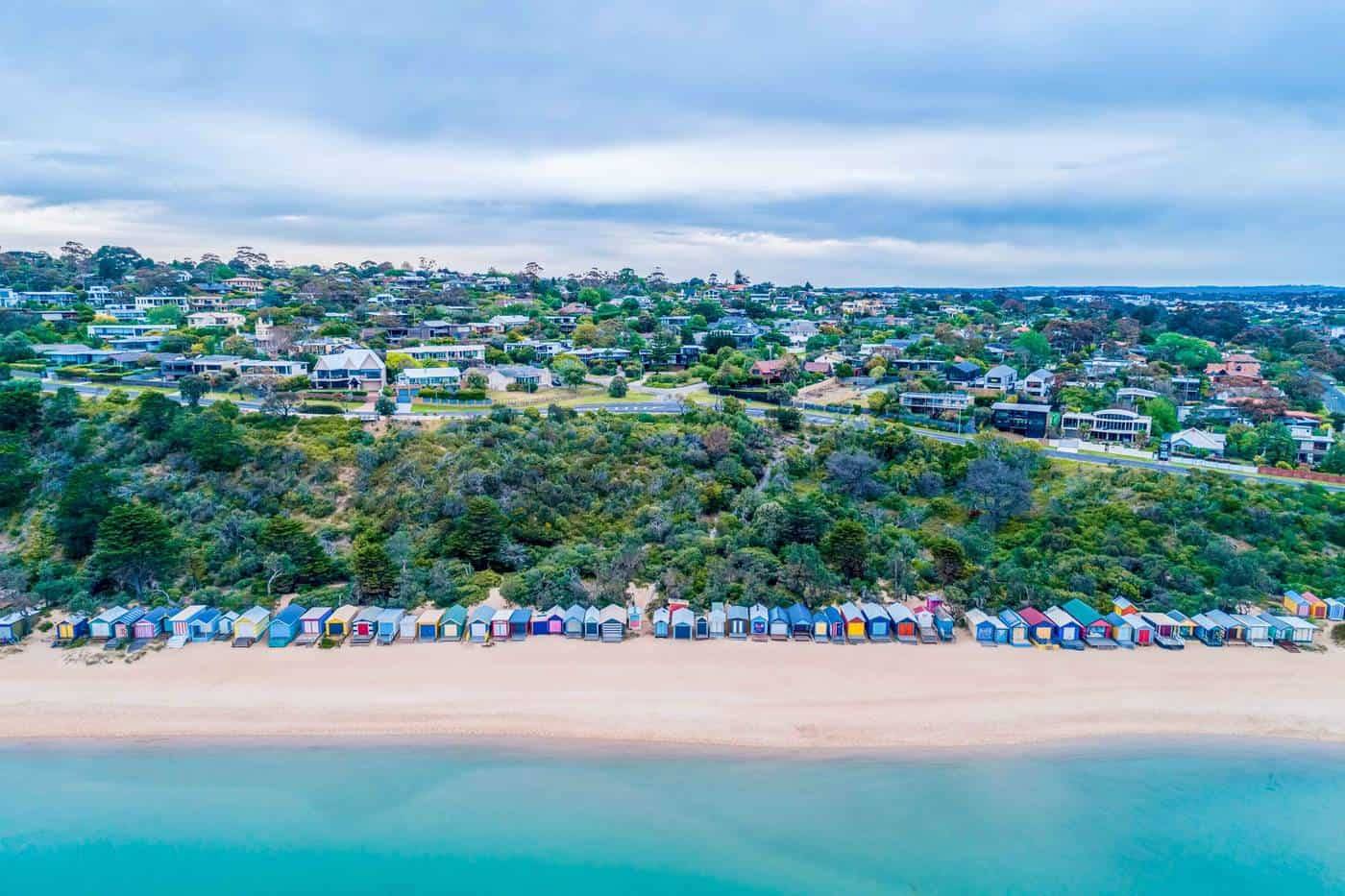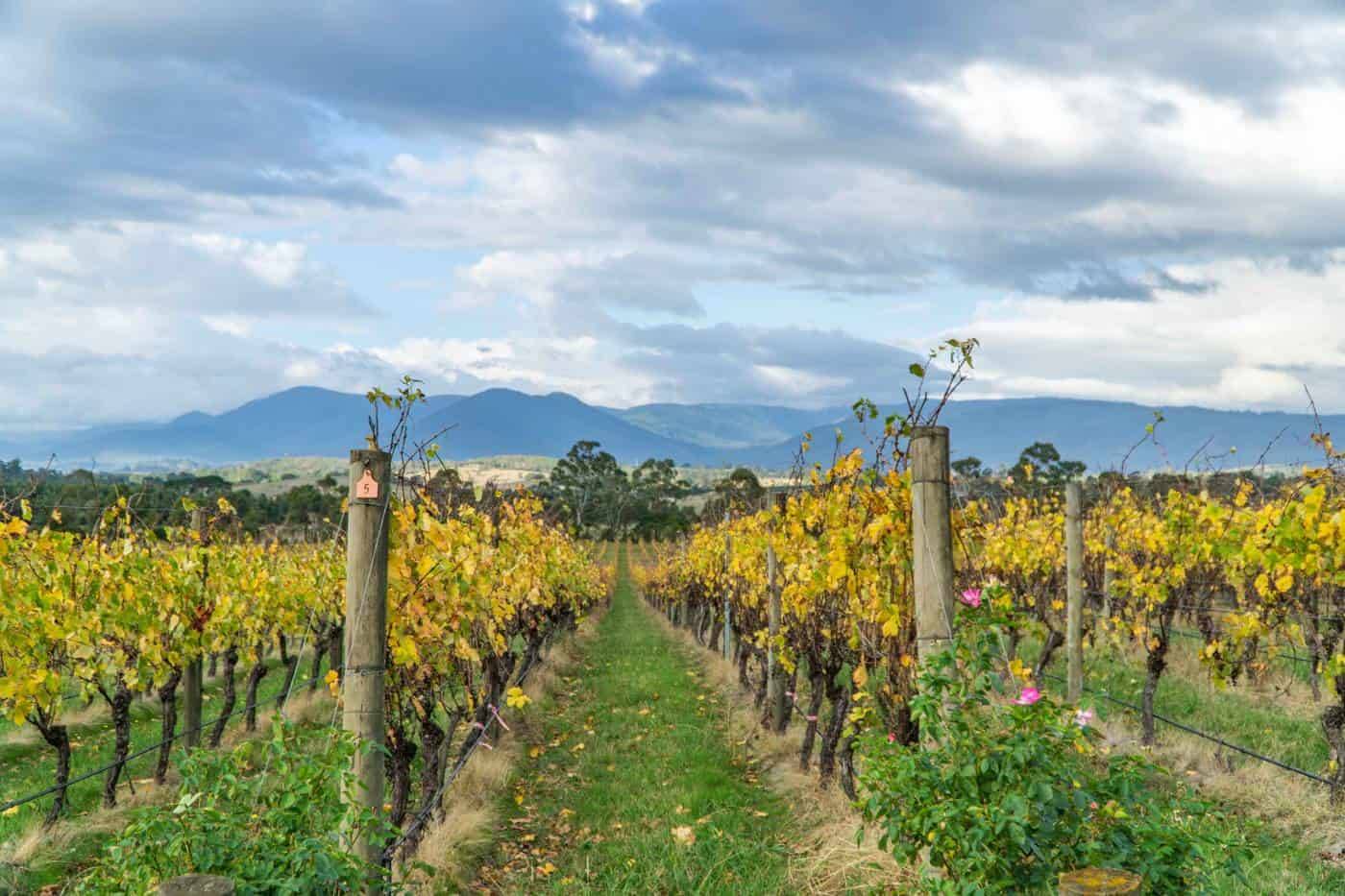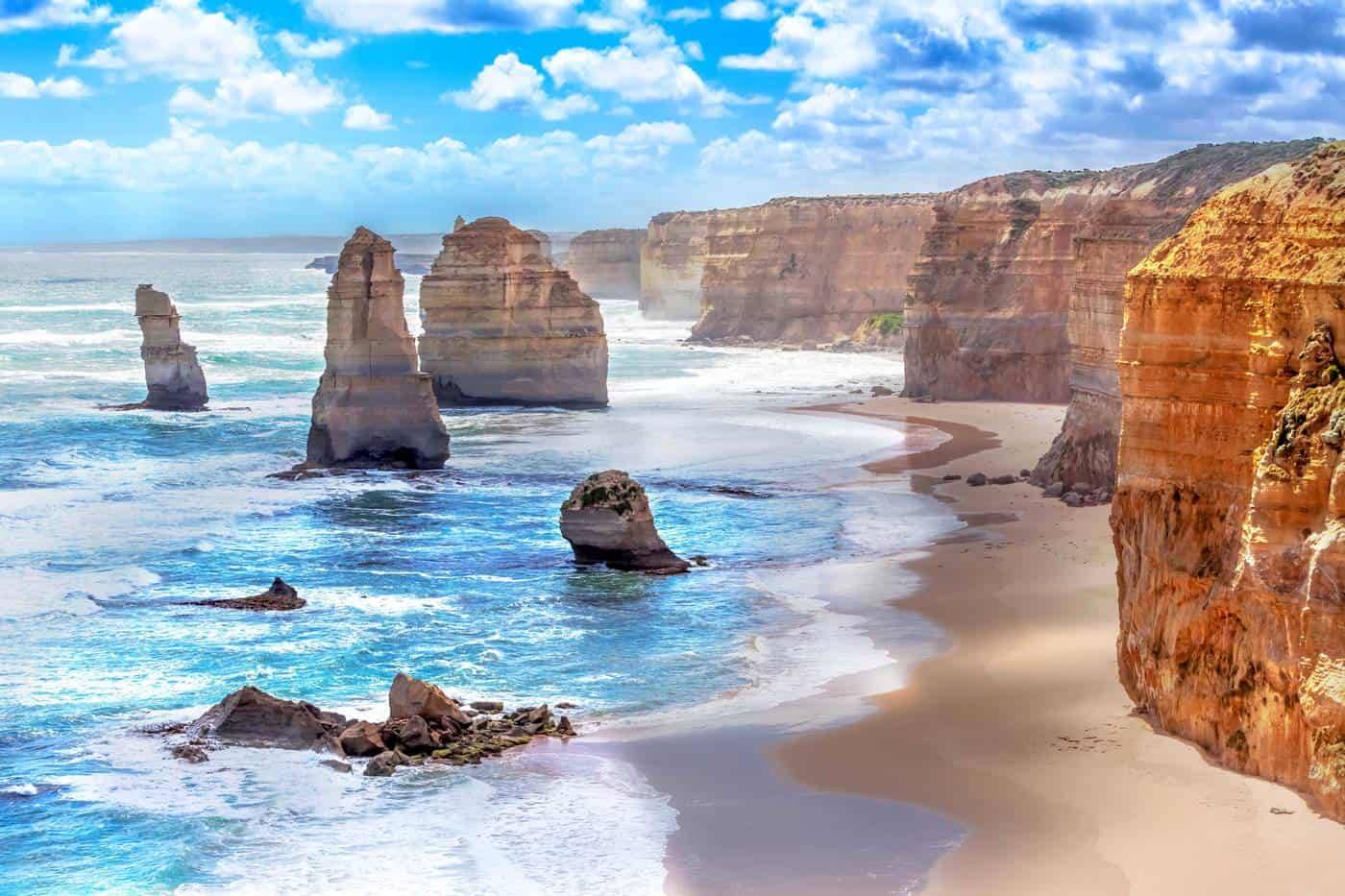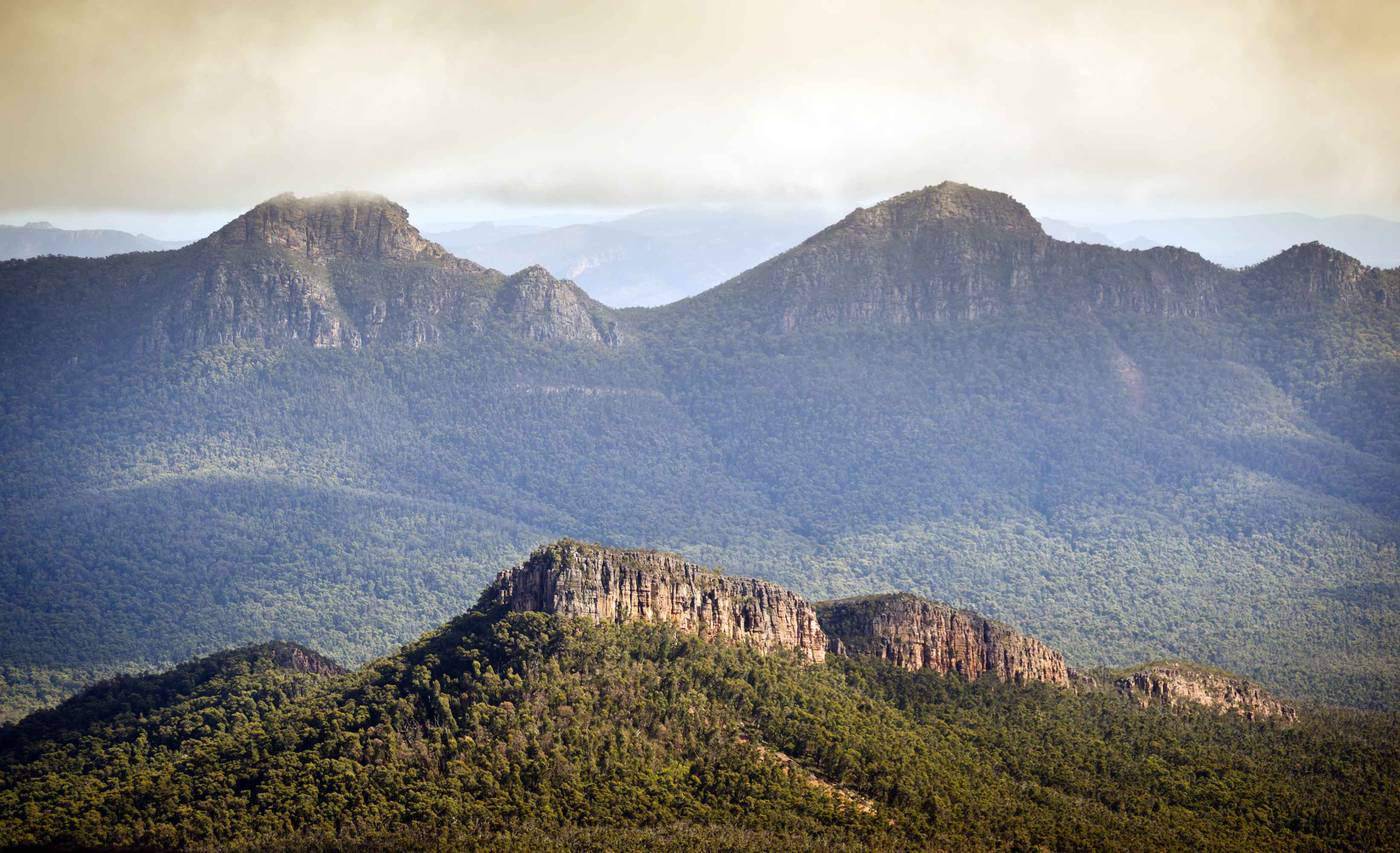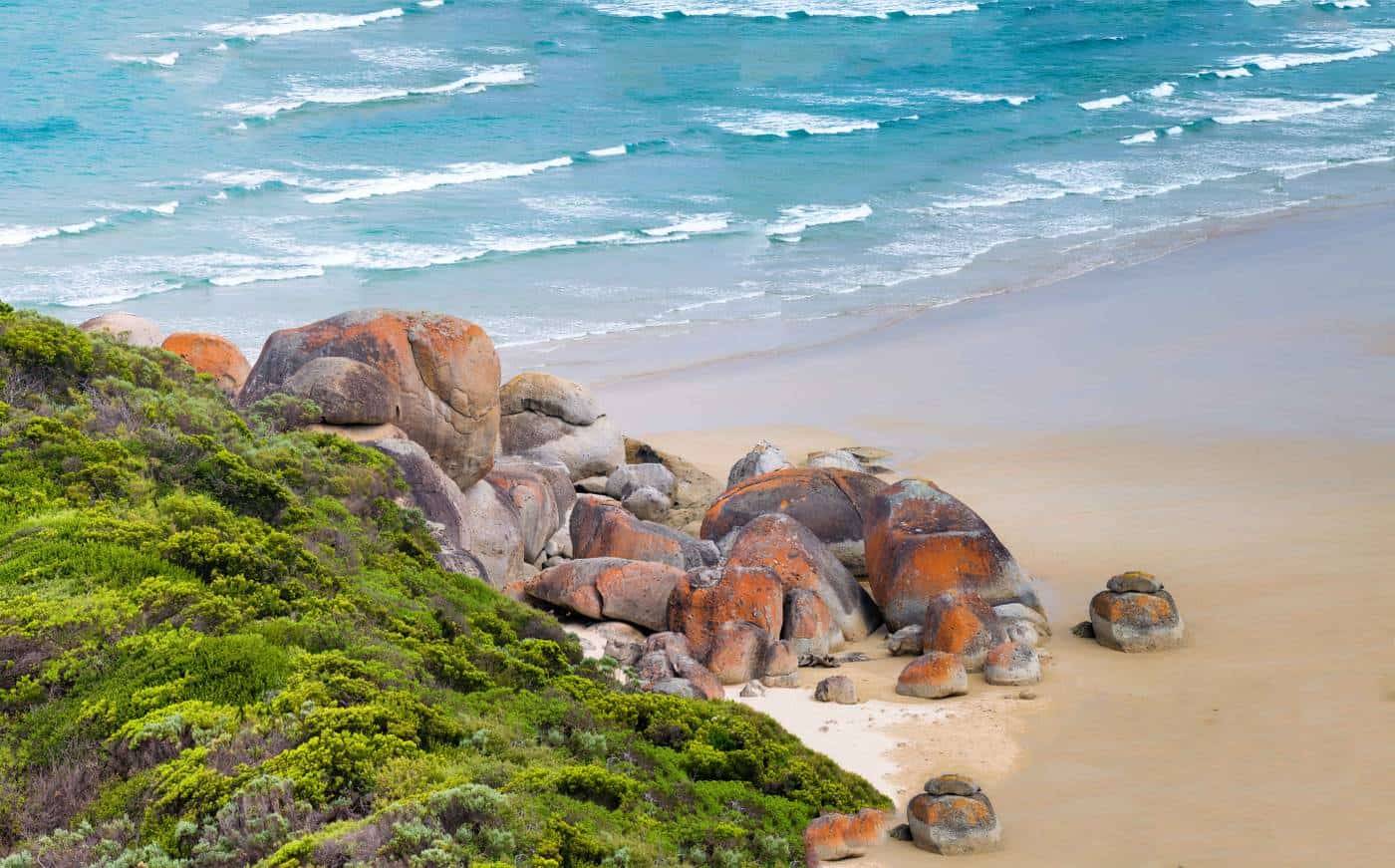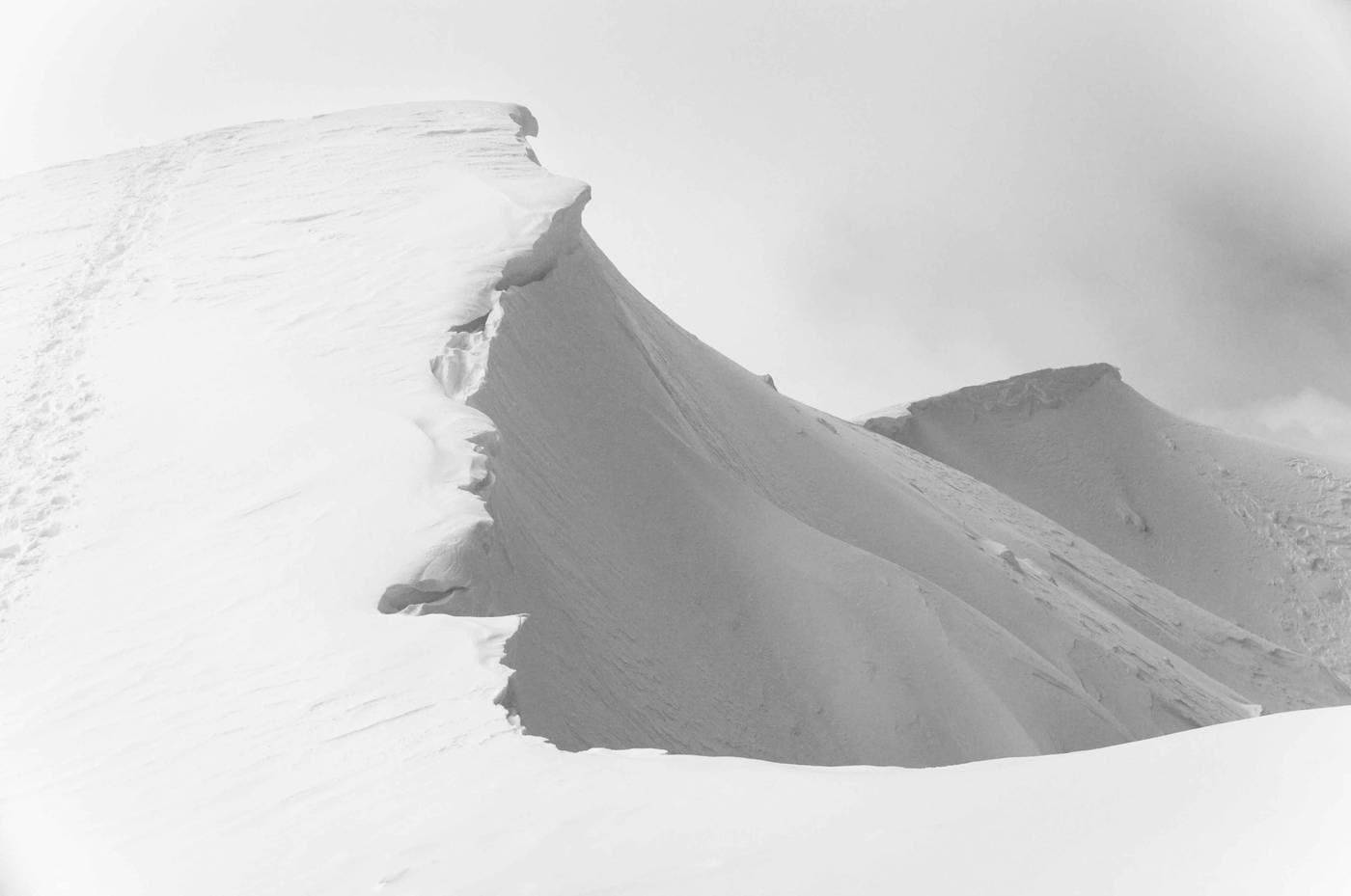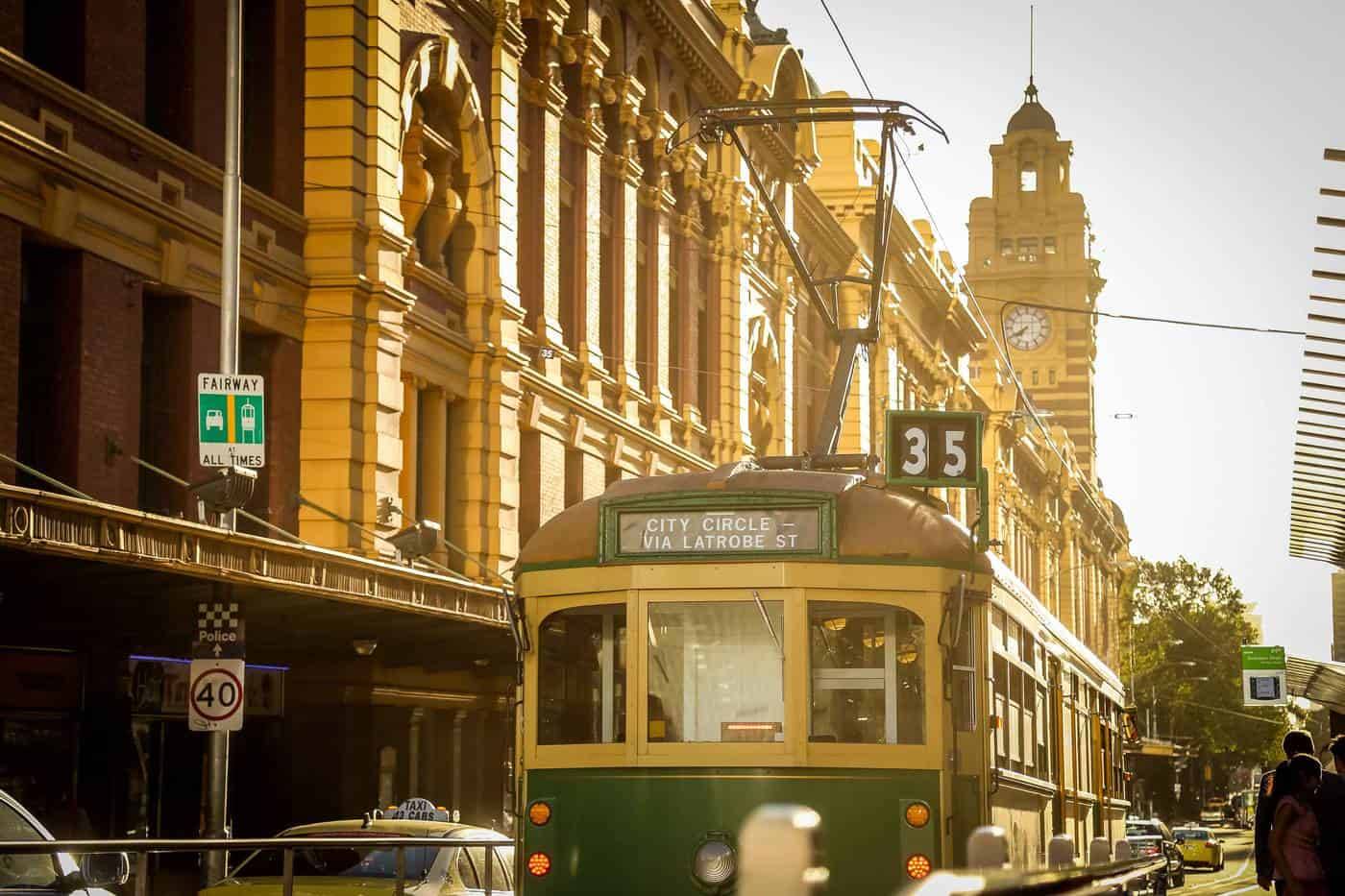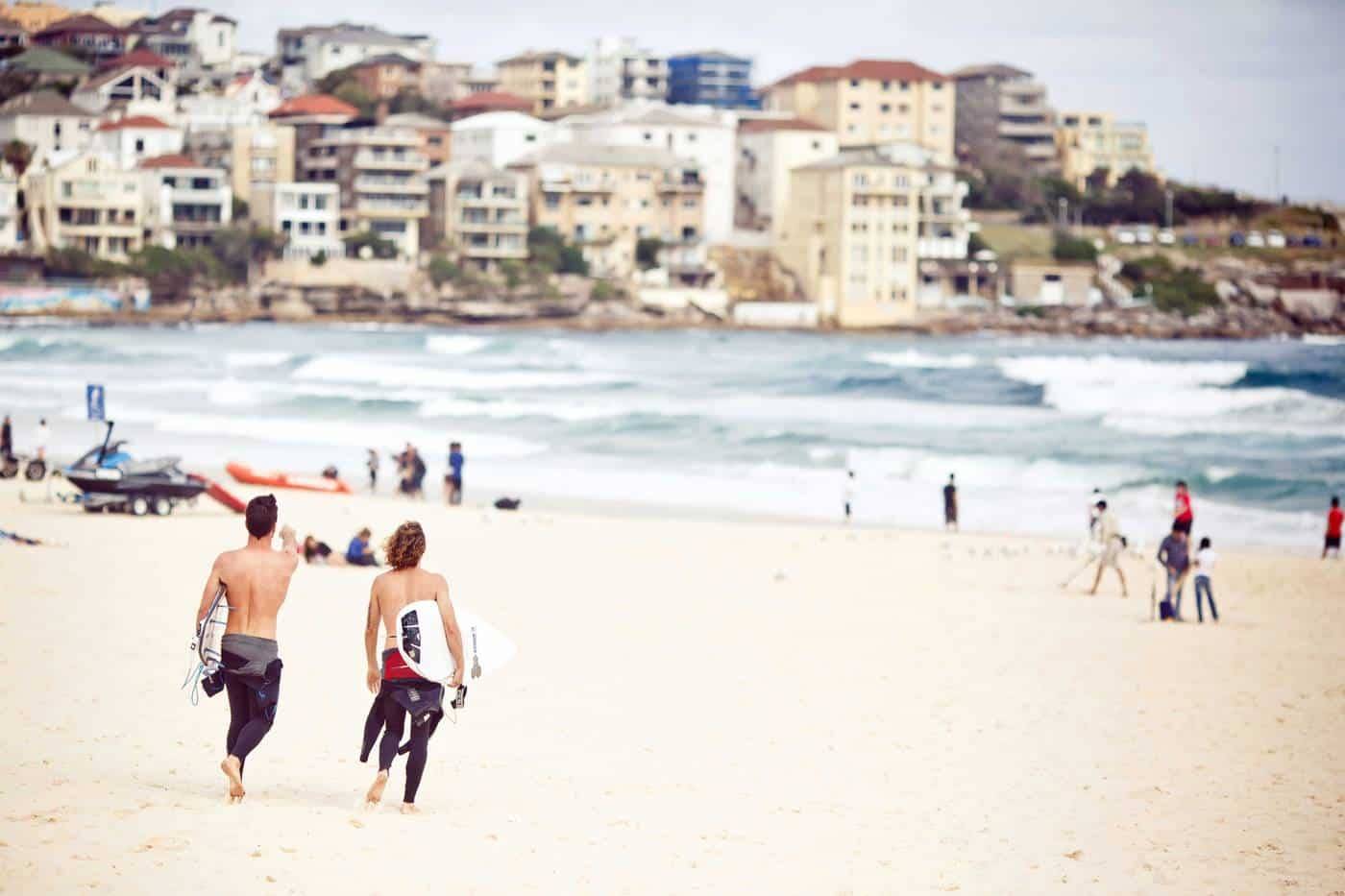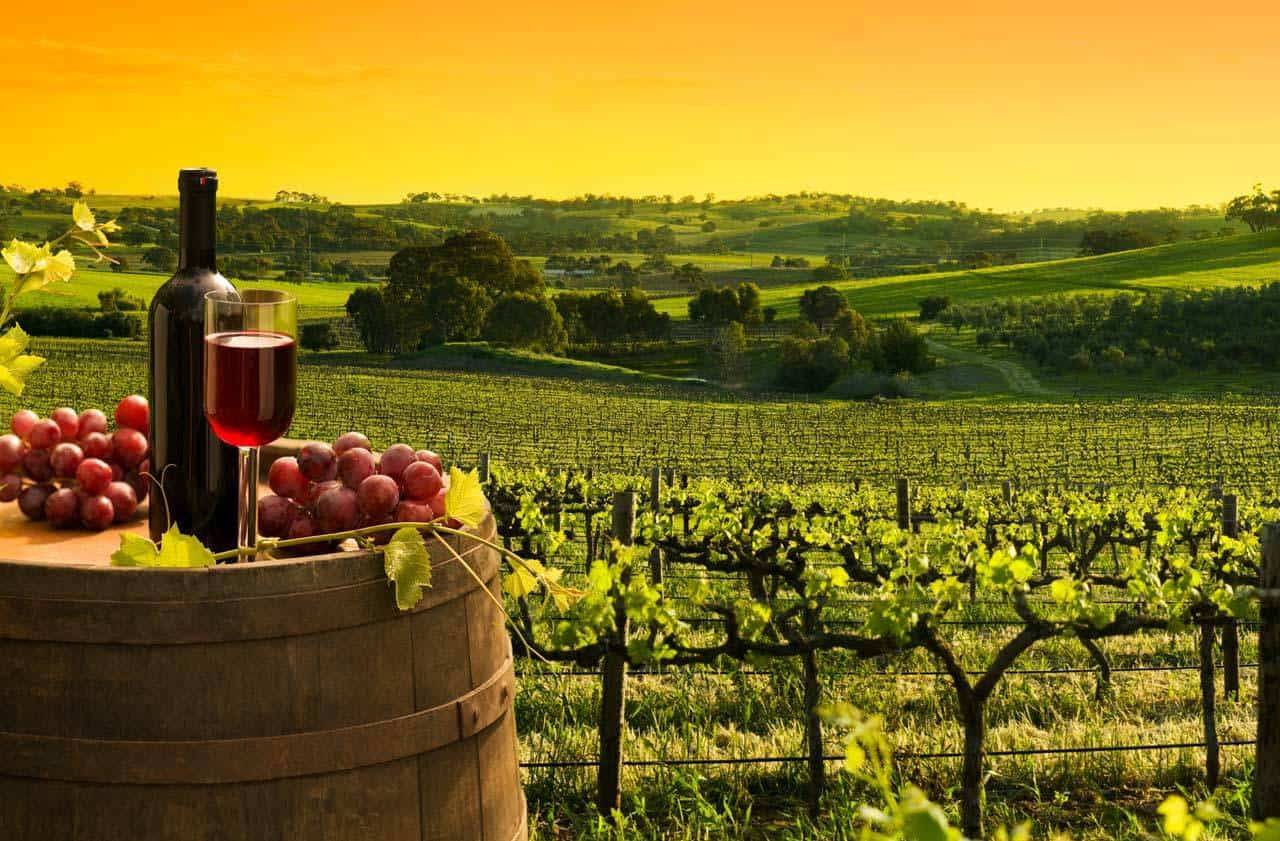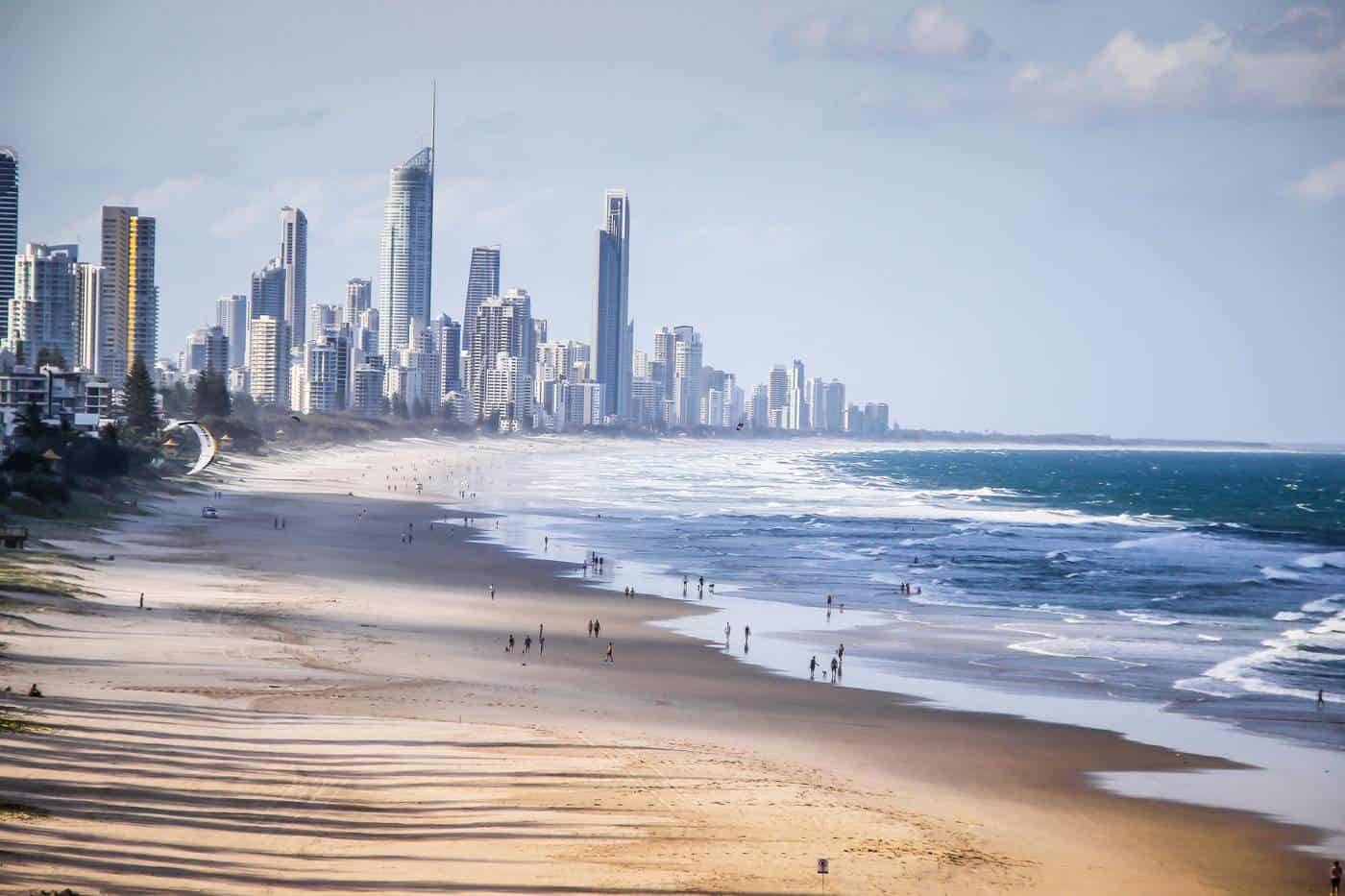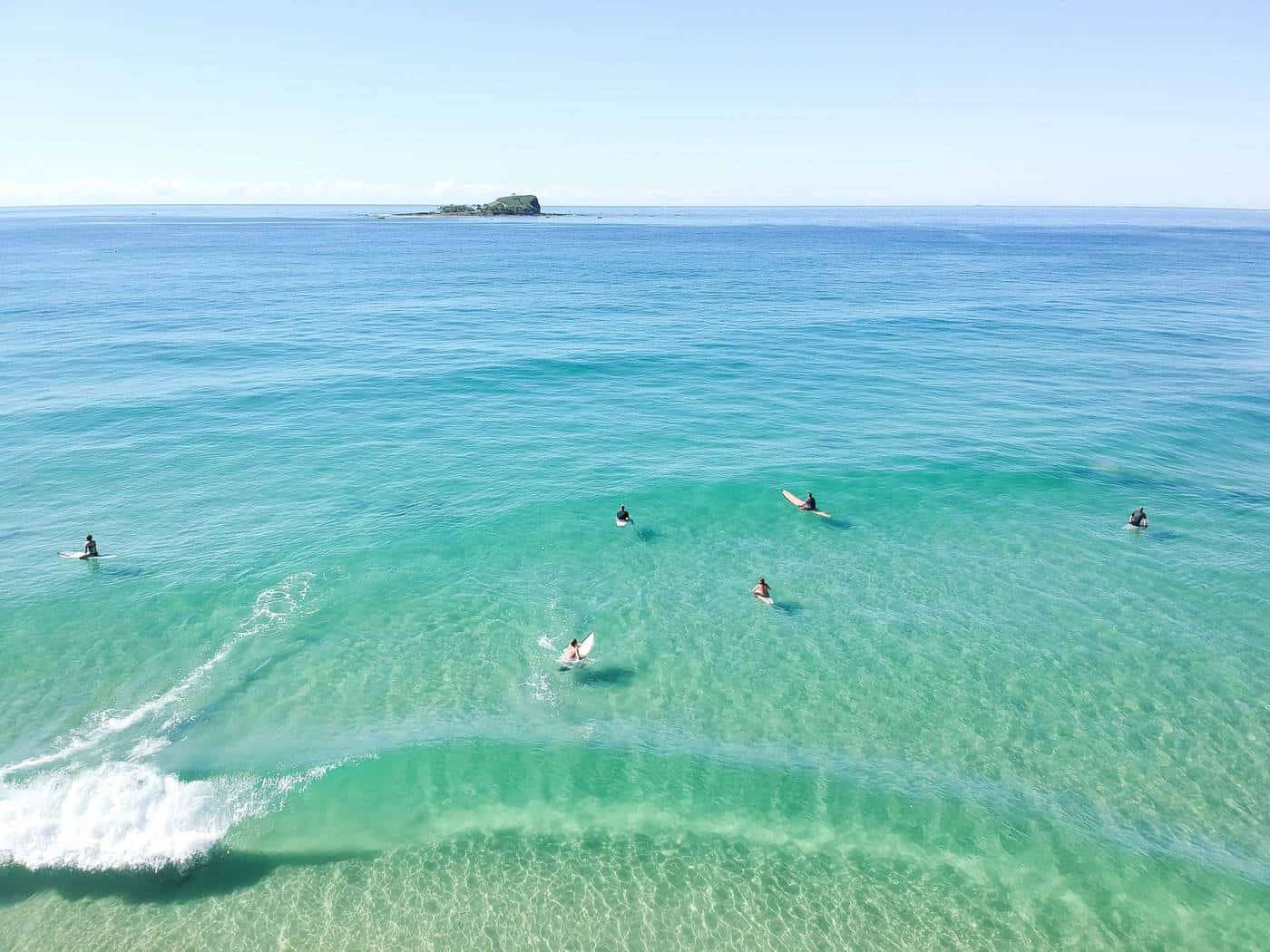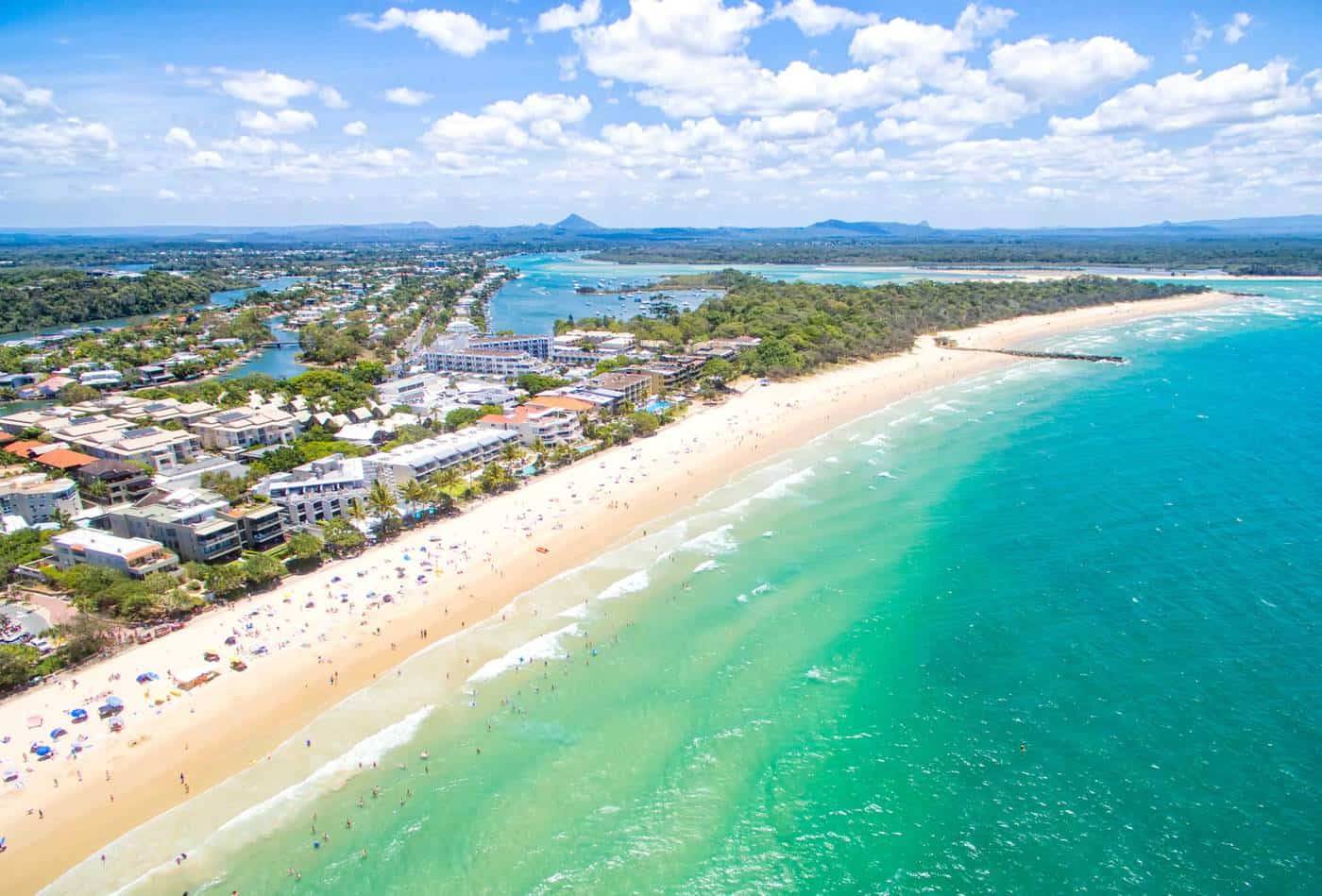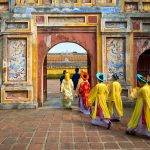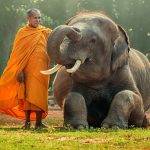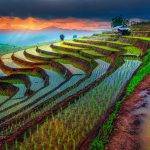When the Colony of Victoria was proclaimed by the British Government in 1835, no one had any idea what treasures had been hiding in the territory. The extensive gold discoveries in the middle of the 19th century across the state played a crucial role in the colonial era of Australia.
The discovery of precious resources triggered one of the largest gold rushes the world has ever seen, and in ten years the population of Victoria increased by almost half a million. Crowds of Europeans started arriving at Victorian goldfields and many settled. Particularly Italians and Greeks contributed to the changing face of the region, and still today their heritage is clearly to be seen across the state.
Back in the days, Melbourne was the largest city in Australia and its capital, while Canberra was under construction. In the 1970s Sydney took over the title ‘Australia`s largest city,’ and it continues to grow. Nowadays, Melbourne is culturally the most important city on the continent, and it is Victoria`s thriving culinary hub. Although the region is not exactly well-known for pleasant weather, it surely captivates with its historic sites, international events, and gastronomic tourism.
Victoria`s landscape is a combination of mountains, ranges, and hills which extend from the Dandenong Ranges to the snowfields of the Victorian Alps in the east-north and westwards to the Grampians. The coastal areas, lakes, and rivers in the south provide ideal conditions for recreation and water sports. Including some of the world`s best surfing locations, the Great Ocean Road is likely the most scenic road trip in Australia, and it is on the bucket list of every visitor.

